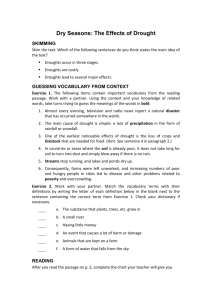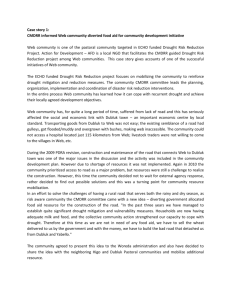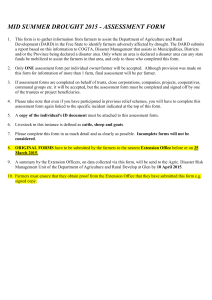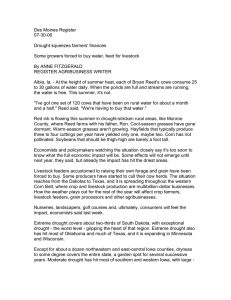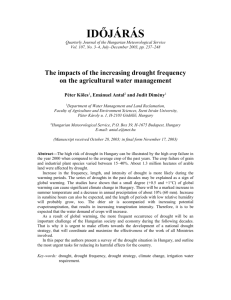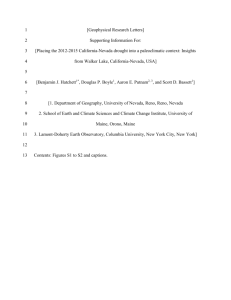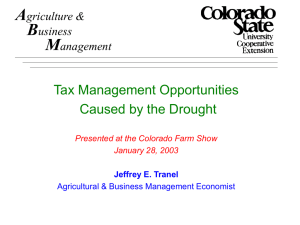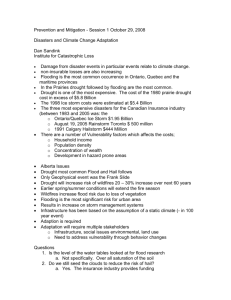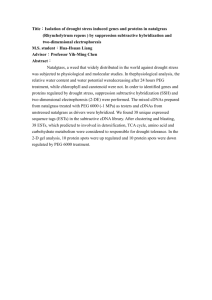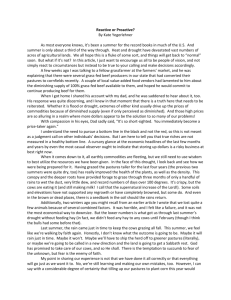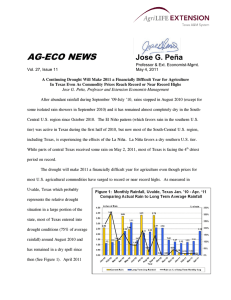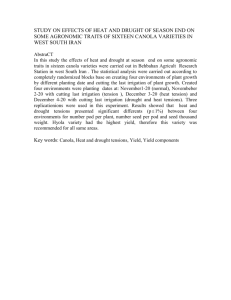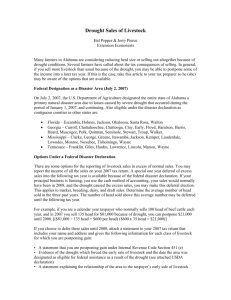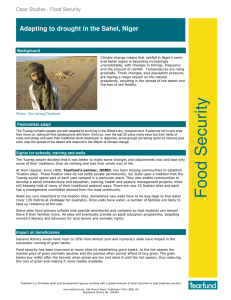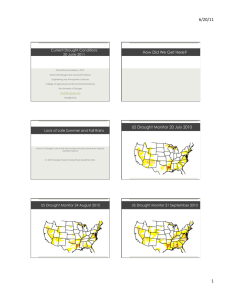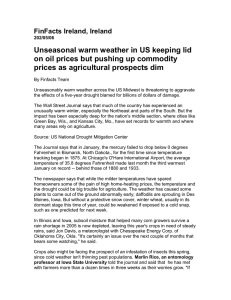- Repository@Napier
advertisement
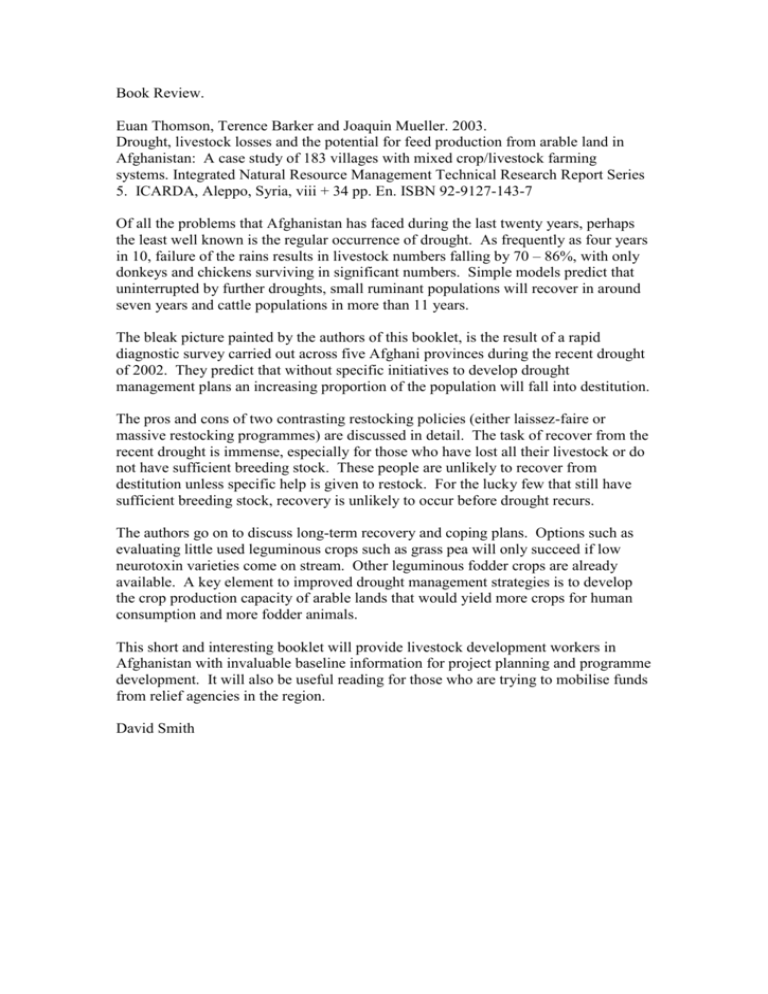
Book Review. Euan Thomson, Terence Barker and Joaquin Mueller. 2003. Drought, livestock losses and the potential for feed production from arable land in Afghanistan: A case study of 183 villages with mixed crop/livestock farming systems. Integrated Natural Resource Management Technical Research Report Series 5. ICARDA, Aleppo, Syria, viii + 34 pp. En. ISBN 92-9127-143-7 Of all the problems that Afghanistan has faced during the last twenty years, perhaps the least well known is the regular occurrence of drought. As frequently as four years in 10, failure of the rains results in livestock numbers falling by 70 – 86%, with only donkeys and chickens surviving in significant numbers. Simple models predict that uninterrupted by further droughts, small ruminant populations will recover in around seven years and cattle populations in more than 11 years. The bleak picture painted by the authors of this booklet, is the result of a rapid diagnostic survey carried out across five Afghani provinces during the recent drought of 2002. They predict that without specific initiatives to develop drought management plans an increasing proportion of the population will fall into destitution. The pros and cons of two contrasting restocking policies (either laissez-faire or massive restocking programmes) are discussed in detail. The task of recover from the recent drought is immense, especially for those who have lost all their livestock or do not have sufficient breeding stock. These people are unlikely to recover from destitution unless specific help is given to restock. For the lucky few that still have sufficient breeding stock, recovery is unlikely to occur before drought recurs. The authors go on to discuss long-term recovery and coping plans. Options such as evaluating little used leguminous crops such as grass pea will only succeed if low neurotoxin varieties come on stream. Other leguminous fodder crops are already available. A key element to improved drought management strategies is to develop the crop production capacity of arable lands that would yield more crops for human consumption and more fodder animals. This short and interesting booklet will provide livestock development workers in Afghanistan with invaluable baseline information for project planning and programme development. It will also be useful reading for those who are trying to mobilise funds from relief agencies in the region. David Smith
![RVAC-NAMIBIA-1July2014 [Converted]](http://s2.studylib.net/store/data/018210504_1-0c00ab575c837ea934610af88f77c96f-300x300.png)

